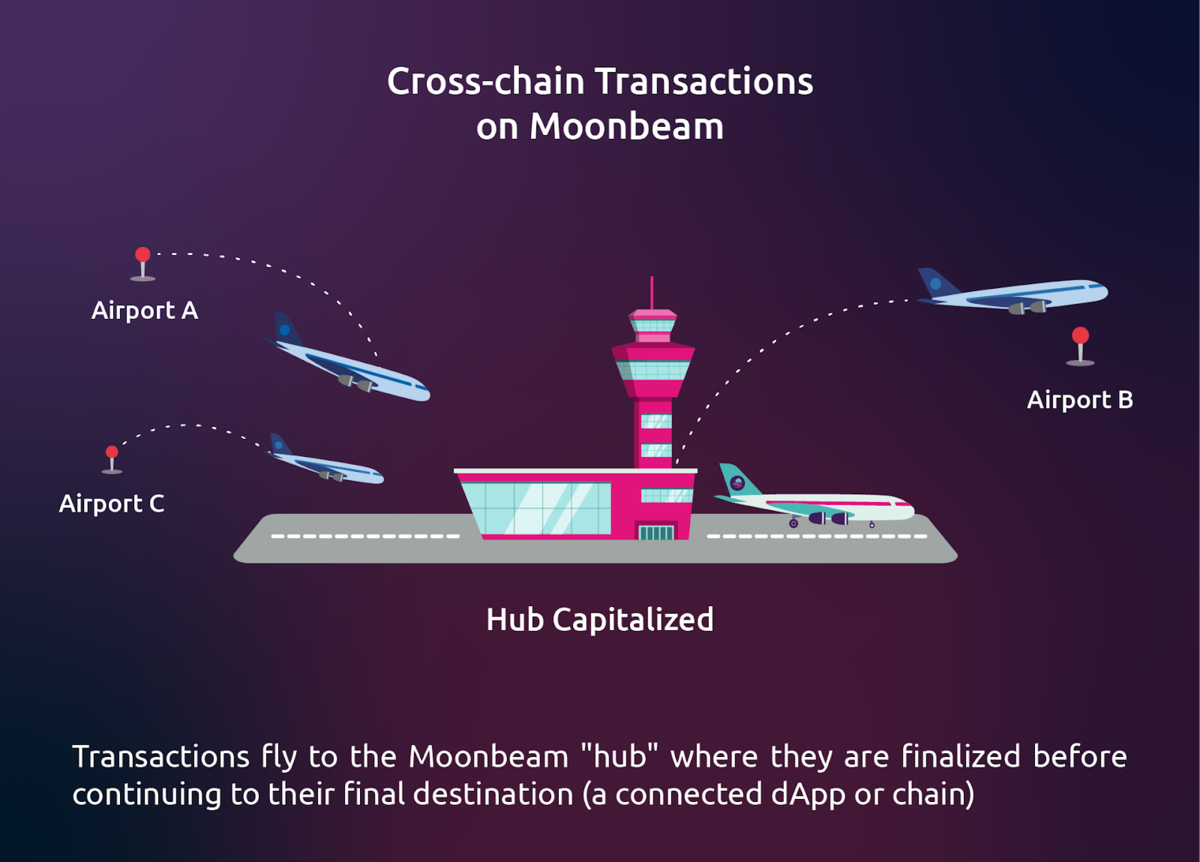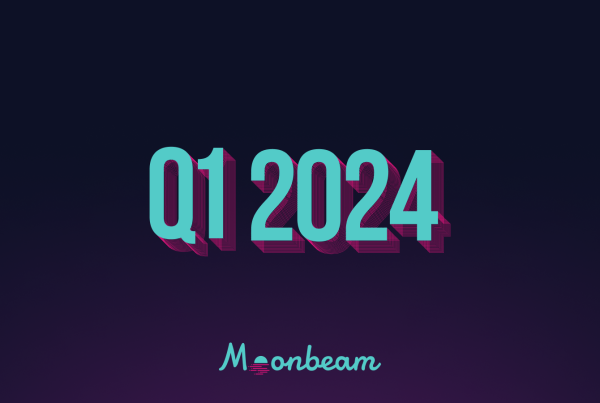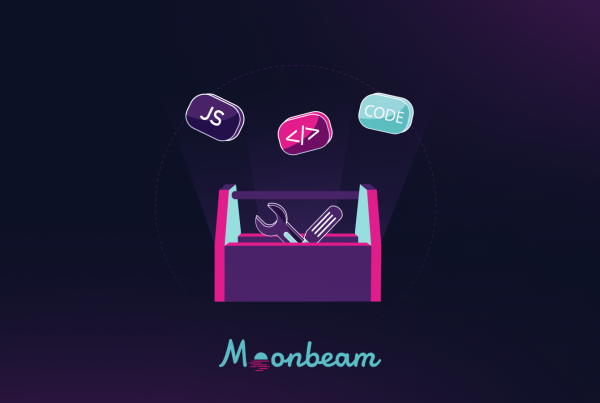In blockchain systems, “finality” refers to the certainty that a transaction is irreversible and permanently recorded. This concept is crucial for trust and security in the Web3 ecosystem, akin to the irreversibility of a confirmed online purchase. Fast finality enhances the user experience by providing quick assurance that transactions are successfully processed, like receiving an immediate confirmation when sending a message. Speed is thus a crucial part of using blockchain, and more so when it comes to cross-chain transactions and decentralized applications.
What is Finality?
Finality in blockchain refers to a state where a block or transaction is considered permanent and irrevocable. It signifies the point at which consensus is reached within the network, confirming that a particular block or transaction is valid and will not be reversed or altered in the future.
Existing blockchain networks, like Ethereum, often experience significant latency in finalizing transactions due to factors like network congestion and the underlying architecture of their Proof of Work (PoW) or Proof of Stake (PoS) design. This delay can hinder the efficiency, scalability, and user experience of cross-chain dApps, impacting their overall functionality and adoption.
Finality is a crucial aspect of blockchain technology as it ensures the immutability and integrity of transactions and prevents double-spending or tampering with historical data. Once a transaction achieves finality, it can be considered settled and trusted by the network participants, providing security and reliability to the blockchain system.
Why does this fast finality matter to everyday users?
Imagine you’re sending cryptocurrency or engaging in a decentralized application (dApp) on a blockchain platform like Ethereum. When finality is slow, you must wait a long time to know if your transaction went through. Think of it like shopping online and having to wait for your payment to be processed.The final confirmation (finality) of a transaction is crucial for providing certainty that funds have been securely transferred and that the transaction was processed successfully without any issues. A delay or “slow finality” can therefore be frustrating as it leaves you uncertain about your transactions.
Why Finality Matters to Cross-Chain Dapps
As the demand for seamless interoperability between different blockchain networks increases, addressing the time to finality speed becomes imperative to enable faster and more reliable transaction settlements, ultimately unlocking the full potential of decentralized finance (DeFi) and other cross-chain use cases. Finality is essential, but in the realm of cross-chain applications, as Moonbeam specializes in, there are additional complexities to consider.
The challenges of slow finality in cross-chain dApps are significant. In a cross-chain environment, the finality involves multiple blockchains and co-dependent transactions. Achieving true finality can be time-consuming due to the inherent nature of block confirmation times across different chains. This delay can introduce latency and affect the responsiveness of decentralized applications (dApps), especially those that require real-time interactions, such as trading, lending, and borrowing protocols. For end users, it leads to uncertainty, long wait times, and a bad overall experience.
Understanding Blockchain Finality on Moonbeam
With Moonbeam’s finality, your transactions get that stamp of approval quickly. This means you can trade, stake, or interact with dApps more confidently and efficiently while trusting that the transaction is valid. Transactions reach finality faster, making your blockchain experience smoother, less stressful, and more user-friendly.
In a world where every second counts, fast finality ensures applications can make decisions and transactions swiftly. This speed allows developers to build new, innovative dApps that require quick finality, like real-time applications, global payments, and more. So, when we talk about fast finality on Moonbeam, we’re talking about empowering users to navigate the blockchain space with ease, speed, and reliability and, in addition, helping developers build better applications. In addition, Moonbeam’s innovative solutions also ensure fast finality for cross-chain transactions.
 Moonbeam Fast Finality Solutions
Moonbeam Fast Finality Solutions
Moonbeam’s specialized blockchain environment on the Polkadot network utilizes the Polkadot Relay Chain. Polkadot’s NPoS ensures fast finality. In other words, a transaction is irrevocable once finalized.
Moonbeam was designed for a future where multiple blockchain networks seamlessly communicate and collaborate. Embracing the concept of a multichain environment, Moonbeam is equipped with the latest advancements in cross-chain messaging systems, including the XCM (Cross-Consensus Messaging) release and the growth of GMP (General Message Passing) protocols. This framework allows developers to tap into an expansive array of messaging systems, providing unparalleled flexibility and connectivity for cross-chain applications.
Moonbeam’s innovative design addresses the challenge of slow finality by providing a multichain environment without requiring lengthy transaction confirmation processes on each connected chain. XCM and GMP are integrated to coordinate actions across the chains to speed up finality by providing flexible connectivity. This works by pre-authorizing messages and sending them internally using the built-in protocols to reduce delays. When connecting different consensus mechanisms, security checks and confirmations rely on various block times and protocols of home chains, which are time-consuming to complete.
- Moonbeam’s consensus mechanism, Delegated Proof-of-Stake (DPoS), is maintained by collators staking tokens to the network. They thereby create blocks and present them to the relay chain for finalization.
- As a Polkadot parachain, Moonbeam relies on Polkadot’s GRANDPA finality gadget, which allows transactions to be finalized in parallel, simultaneously as communication occurs.
- Moonbeam’s finality incorporates the blockchain structure of Polkadot, so the Polkadot Relay Chain validators vote on the blocks produced, further expediting the finality process.
- XCM and GMP secure the message passing between both parachains (XCM) and connected external chains (GMP), so when messages from connected are confirmed on Moonbeam, they are final.
Moonbeam’s mission is to empower users to navigate the blockchain space easily and efficiently. The contribution to faster finality ensures that users can make critical decisions and transactions swiftly, opening the door to innovative dApps that require quick confirmations, such as real-time applications and global payments.
Conclusion
Fast finality is the linchpin of a seamless and efficient blockchain experience, particularly for users navigating the complexities of cross-chain transactions. It ensures that transactions are quickly approved, allowing users to trade, stake, or interact with dApps confidently and without the anxiety of delayed asset arrival. So, when you hear about “fast finality” on Moonbeam, remember that it’s the seamless, reliable, and efficient blockchain experience powered by Moonbeam’s unique technology.
In a fast-paced blockchain ecosystem, where every second counts, fast finality empowers developers to innovate and create real-time applications, global payment solutions, and more. By choosing Moonbeam, users overcome the challenges associated with finality, enjoying a swift and secure experience, especially in cross-chain transactions. Moonbeam’s fast finality opens doors to opportunities rarely found elsewhere, where delays are conquered, and faster confirmation times become the norm. Moonbeam is your gateway to a blockchain experience that prioritizes speed, reliability, and efficiency.





